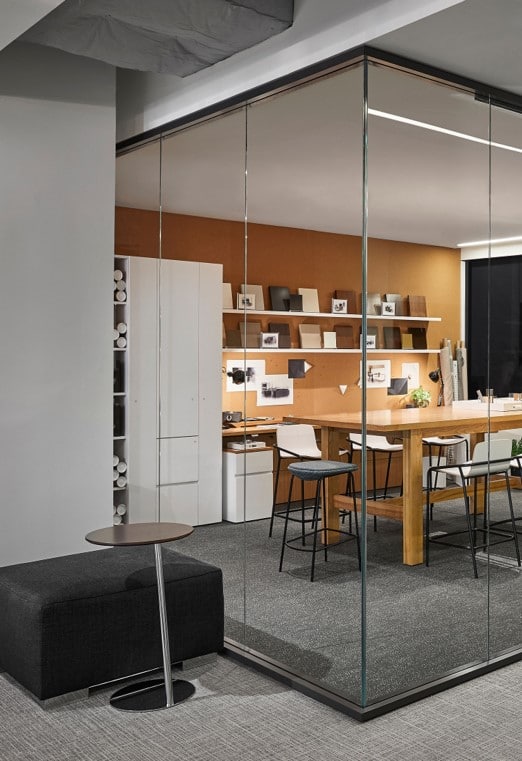Vision has become the most neglected of all our senses in the workplace, as use of the latest lighting technology and information has lagged behind computers, printers, and telecommunication devices. Overhead fixtures cast the required 50 foot-candles for worksurfaces everywhere – even in hallways. But, with a little reflection over time (much of it coming off computer screens), workers have realized that poor lighting (including the ubiquitous overheads) is causing them eyestrain, headaches, and fatigue.
- Task visibility is the primary aspect of lighting that affects performance.
- Workers use individual lighting controls if they’re available, saving energy.
- Workers find that the ability to adjust lighting themselves makes tasks seem less difficult.
Points to Remember
According to OSHA, some studies estimate that 90 percent of the 70 million U.S. workers using computers for more than three hours per day experience computer vision syndrome (CVS) in some form. A good task light can improve worker comfort, productivity, and morale. New compact fluorescents with electronic ballasts provide a cool light source with reduced energy usage and long-term savings. Cool lighting should be used for visual tasks because it produces higher contrast.




